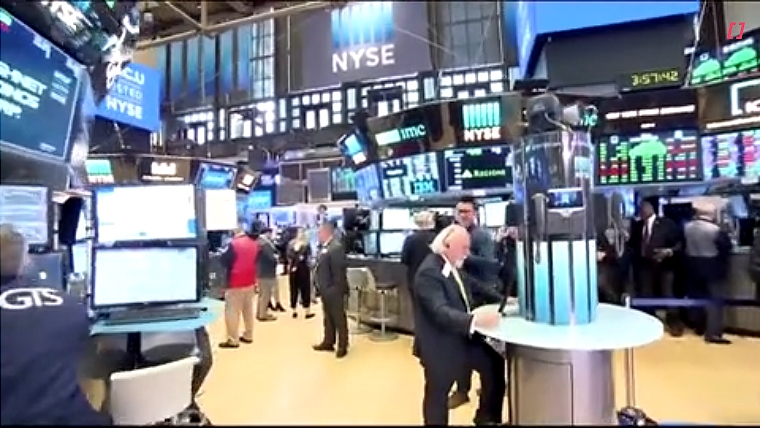
Risk appetite is higher ahead of the key US employment report tonight. Equity markets are stronger, with the S&P500 up 0.7% and Treasury yields show little net movement. The USD is broadly weaker, with the NZD and AUD outperforming against a backdrop of rising commodity prices. The NZD is trading at 0.6045, with NZD/AUD falling to a 9-month low around 0.9130.
US initial jobless claims increased 9k last week to a two-month high of 221k, higher than the 214k expected. Easter can cause some seasonal adjustment issues but there could be a hint of the trend finally lifting, as leading indicators suggest it ought to be, although a few more weeks of data are required to draw any conclusions. Challenger job cut announcements rose to 90k in March, the highest level in over a year.
Ahead of the data release, the US 10-year rate had pushed up to its high for the day of 4.38%, and it fell to its low of 4.31% before settling at 4.35%, down 1 basis point from the NZ close. The curve has flattened a little, with the 2-year rate trading a narrower range and slightly higher. That the 10-year rate can swing 7bps on a small miss on weekly jobless claims data, highlights the sensitivity of the Treasuries market to employment data. Brace yourself for the more important employment report tonight which is the next focus for the market.
FOMC members have been out of force and continue to sing from the same song sheet. Richmond Fed President Barkin was confident that policy was tight enough to slow the economy further and bring inflation back to target but “given a strong labour market, we have time for the clouds to clear before beginning the process of toggling rates down”. Philadelphia Fed President Harker said inflation is still too high. Chicago Fed President Goolsbee reiterated Chair Powell’s recent comment that the stronger January and February inflation data don’t change the outlook for lower inflation.
In currency markets, the USD has been broadly weaker, steadily falling for the day, with a brief disruption of that trend in the pre and post positioning activity around the jobless claims data. The AUD has been the strongest performer, up 0.7% from this time yesterday to 0.6615, enjoying some tailwinds from the backdrop of higher commodity prices, particularly for metals – the LMEX London metals index has risen some 5% over the past week or so and is trading at its highest level in nearly a year.
The NZD is up over ½% to 0.6045, the foray below 0.60 proving to be short-lived although that level could be re-tested if the US employment report tonight is stronger than expected. NZD/AUD has fallen to 0.9130, its lowest level since June. As tempting as it might be to play the range and call a positive turnaround in this cross, we remain bearish on NZ’s relative economic fundamentals compared to Australia and continue to see it ultimately trading below 0.90.
Other NZD crosses are modestly stronger, given the outperformance of the AUD and NZD, with gains of 0.3-0.5% for the day.
After peaking a cent shy of USD90 per barrel in the previous overnight session, Brent crude is flat for the day and has traded mostly above the USD89 mark, after technical indicators had moved into overbought territory.
In the domestic rates market, there was further extension of NZGB outperformance on a cross-market basis and versus swap, at the longer end of the curve, the market easily absorbing the new $4.5b of 2035 bonds this week. Swap rates rose 2-3bps and while that was also the case for much of the NZGB curve, the 10-year rate was up only 1bp and, beyond that maturity, rates were unchanged.
On the calendar in the day ahead the focus will be the US employment report, where the consensus is picking a modest slowdown in non-farm payrolls growth to 215k, the unemployment rate ticking down from a two-year high to 3.8% and modest average hourly earnings growth of 0.3%, which would bring the annual change down to a 2½ year low of 4.1%. Canada’s employment report is released at the same time, expected to show the unemployment rate rising to a fresh two-year high of 5.9%.

We welcome your comments below. If you are not already registered, please register to comment
Remember we welcome robust, respectful and insightful debate. We don't welcome abusive or defamatory comments and will de-register those repeatedly making such comments. Our current comment policy is here.